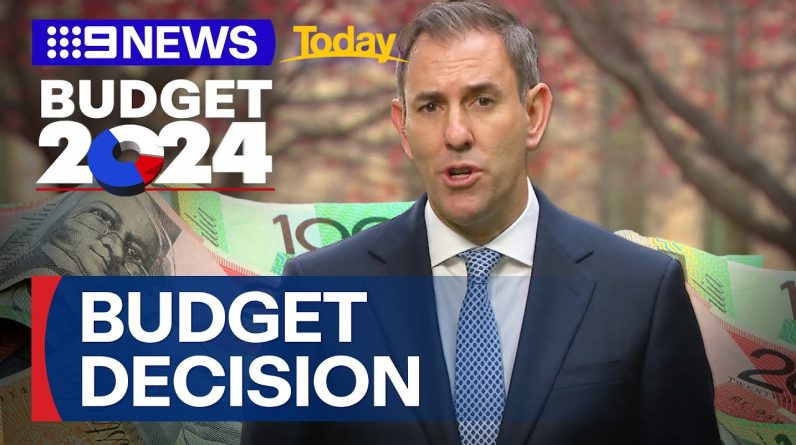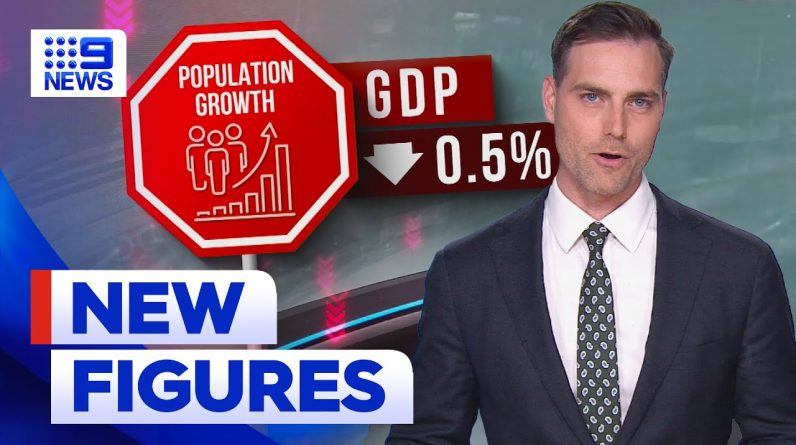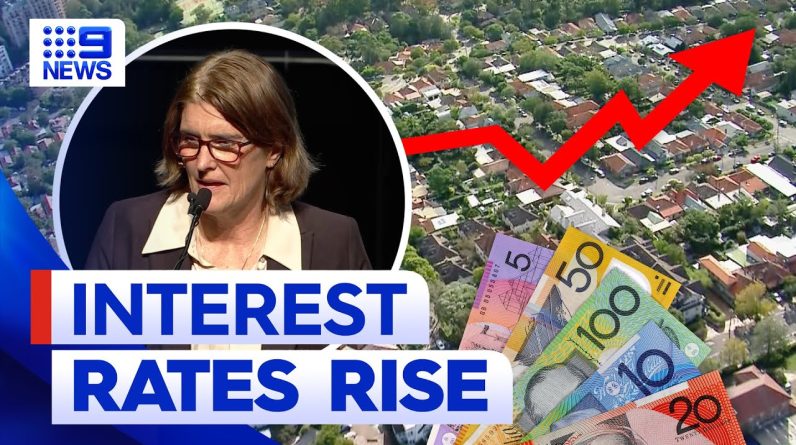The Reserve Bank of Australia has kept interest rates on hold at 4.35 per cent in December, sparing borrowers a sixth interest rate rise ahead of Christmas as data suggests inflation in Australia is cooling.
RBA’s Surprise Decision: Rates Hold Steady
The Reserve Bank of Australia (RBA) has made an unexpected move by deciding to keep interest rates unchanged in December. The official cash rate target will remain at 4.35%, despite indications of a cooling inflationary environment in the country.
RBA Governor Michele Bullock has acknowledged the potential for future changes to the cash rate in 2024, depending on economic conditions. However, there are uncertainties and risks on the global economic horizon, including concerns about persistent services price inflation, the Chinese economy, and conflicts abroad.
The impact of monetary policy and firms’ pricing decisions on the economy, as well as the outlook for household consumption, remain uncertain. This decision provides some relief to households, who have already experienced multiple interest rate increases in recent months.
The RBA’s decision in February 2024 will be influenced by spending patterns during the upcoming Christmas period and the performance of retail sales.
Key Takeaways
- RBA has kept interest rates on hold in December, with the official cash rate target remaining steady at 4.35%.
- The decision was influenced by cooling inflation in Australia and uncertainties surrounding the global economy, services price inflation, Chinese economy, and conflicts abroad.
- The decision brings relief to households who have experienced multiple interest rate rises since May 2022.
- The focus on homeowners often overlooks the impact of rate hikes on renters, who are struggling to pay their rent and face flow-on rent increases.
Background on RBA’s Decision
In the December decison, the Reserve Bank of Australia (RBA) made the surprise decision to keep interest rates on hold, citing various factors influencing their monetary policy. The official cash rate target remained steady at 4.35%, reflecting the RBA’s cautious approach towards managing the Australian economy. One of the key reasons behind this decision was the cooling inflation in the country. RBA Governor Michele Bullock stated that further changes to the cash rate in 2024 are possible depending on economic conditions.
Additionally, global economic uncertainties, persisting services price inflation, uncertainty surrounding the Chinese economy, conflicts abroad, and the uncertain impact of monetary policy and firms’ pricing decisions on the economy also played a role in the RBA’s decision. The household consumption outlook, with varying financial situations among households, further contributed to the decision to maintain current monetary policy settings.
Uncertainties and Risks Considered
Considering the uncertainties and risks, the Reserve Bank of Australia (RBA) carefully evaluated various factors before making the decision to keep interest rates on hold. Global economic uncertainties, such as the ongoing concerns surrounding the Chinese economy and conflicts abroad, were taken into account.
Additionally, the impact of services price inflation, which has persisted in other countries, was considered. The RBA also acknowledged the uncertain effect of monetary policy and firms’ pricing decisions on the economy. Furthermore, the outlook for household consumption, with varying financial situations among households, added to the uncertainties.
Impact on Borrowers and Spending Behavior
The decision to keep rates on hold by the Reserve Bank of Australia (RBA) has significant implications for borrowers and their spending behavior. This decision brings relief to households that have experienced multiple interest rate rises in recent months, resulting in substantial increases in their interest payments.
With the RBA’s next move dependent on spending patterns during the Christmas period, the decision to maintain current monetary policy settings reflects stagnating retail sales and rising unemployment. The strength of retail sales and holiday spending will play a crucial role in informing the RBA’s decision in February 2024.
It is important to note that renters are also affected by the rate hikes, with many struggling to pay their rent. The impact on borrowers and renters underscores the need for careful consideration of monetary policy decisions and their consequences on different segments of society.
Impact on Renters
Renters are significantly impacted by the decision to keep interest rates on hold by the Reserve Bank of Australia (RBA). While much attention is often given to the impact on borrowers, renters also bear the brunt of the rate hikes. According to recent data, 42% of renters are struggling to pay their rent, compared to 37% of mortgage holders.
With the stagnant wages and rising cost of living, renters already face financial difficulties. The decision to keep rates on hold means that renters may not experience immediate relief from their financial burdens. Additionally, any future rent increases will only exacerbate the situation for struggling renters. It is crucial to acknowledge and address the impact on renters when discussing monetary policy decisions.
Consideration of Potential Future Rate Hikes
Amidst discussions on the Reserve Bank of Australia’s (RBA) surprise decision to keep rates steady, attention turns to the cautious evaluation of potential future rate hikes. The RBA has not ruled out the possibility of future rate hikes, particularly if prolonged elevated spending leads to inflationary pressures. However, the RBA admits that it did not anticipate the extent of the rate hikes in the past year and a half, leaving millions of borrowers across the country financially affected.
This consideration of potential future rate hikes also has implications for renters, who bear the brunt of investment property increases during the rate hiking cycle. As the RBA carefully weighs the economic conditions and risks, households and renters alike await further announcements that could impact their financial situations.
Factors Influencing the RBA’s Decision
Factors that influenced the decision of the Reserve Bank of Australia (RBA) to keep rates steady include:
- Evaluation of potential future rate hikes
- Cautious consideration of economic conditions and risks
The RBA took into account the following uncertainties and risks in the global economy:
- Persisting services price inflation
- Uncertainty surrounding the Chinese economy and conflicts abroad
They also considered the uncertain impact of monetary policy and firms’ pricing decisions on the economy, as well as the uncertain outlook for household consumption.
Additionally, the RBA’s decision was influenced by:
- Stagnant retail sales
- Rising unemployment
These factors highlighted the need to maintain current monetary policy settings.
The RBA will closely monitor spending patterns during the Christmas period. The strength of retail sales and holiday spending will inform their decision in February 2024.
Analysis of Household Consumption Outlook
The Reserve Bank of Australia (RBA) has taken into account the uncertain outlook for household consumption as it evaluates the analysis of future rate hikes and economic conditions.
The RBA’s decision to keep interest rates on hold reflects concerns about the varying financial situations among households and the potential impact on their consumption behavior. With the recent rate hikes and rising unemployment, household spending has shown signs of stagnation, influencing the RBA’s decision to maintain current monetary policy settings.
The central bank will closely monitor the strength of retail sales and holiday spending during the Christmas period to inform its decision in February 2024. The analysis of household consumption outlook is crucial in understanding the overall economic landscape and the potential consequences of future rate hikes.
The Role of Retail Sales and Holiday Spending
The analysis of household consumption outlook reveals the significant role that retail sales and holiday spending play in shaping the Reserve Bank of Australia’s decision-making process. As the RBA considers its monetary policy stance, it closely monitors the performance of the retail sector and the level of holiday spending. These factors provide valuable insights into the overall health of the economy and the potential impact on future inflationary pressures.
The RBA recognizes that strong retail sales and robust holiday spending can stimulate economic growth and increase consumer confidence. On the other hand, weak retail sales and subdued holiday spending can indicate a slowdown in consumer activity, which may prompt the RBA to consider adjusting interest rates to support economic recovery.
Therefore, the performance of retail sales and holiday spending is a crucial consideration for the RBA in determining its monetary policy decisions.
Conclusion
The Reserve Bank of Australia’s decision to keep interest rates on hold in December provides some relief to households who have already faced multiple rate increases. The central bank’s next move will depend on spending patterns during the upcoming Christmas period and the strength of retail sales. Uncertainties and risks in the global economic landscape, along with the outlook for household consumption, will continue to influence the RBA’s future decisions on interest rates.
Albion News is a great place to find informative, up-to-date news articles. We provide a wide range of unique articles that offer an interesting perspective on current events from around the world and from various different sources. You can easily search for the topics that matter most to you and explore in-depth pieces that provide insight into the issues and important debates occurring today. Albion News helps you stay informed with carefully researched and credible stories!







